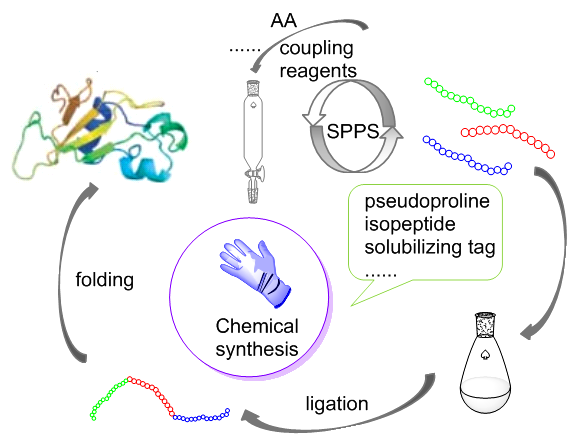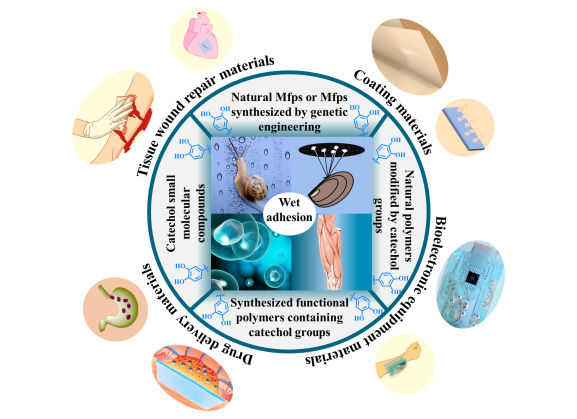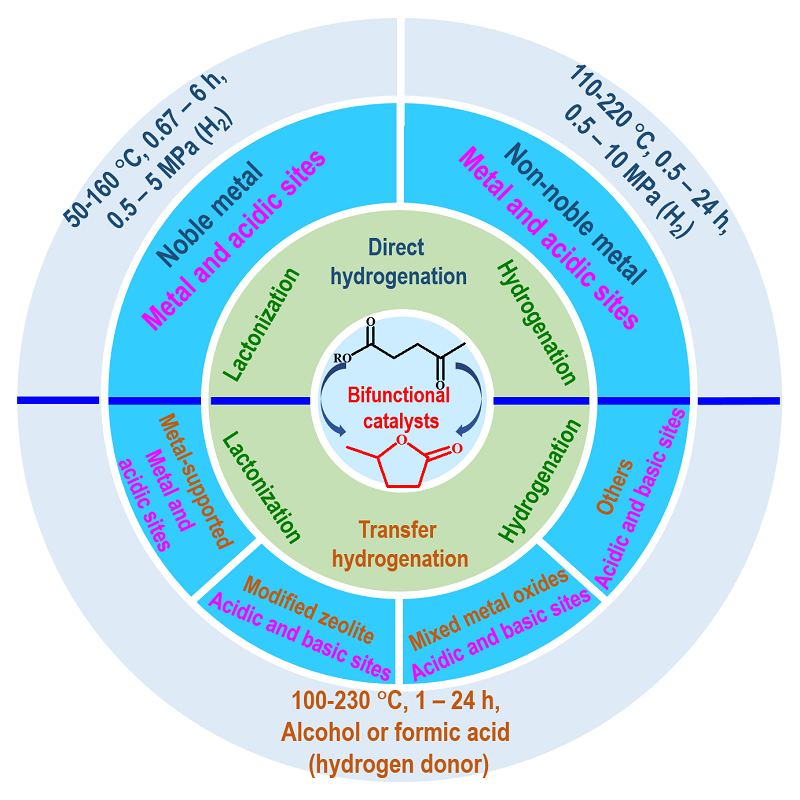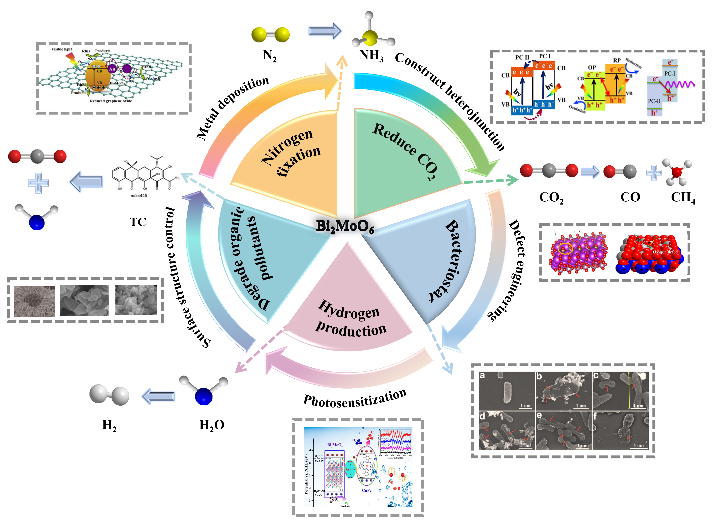Yixue Xu, Shishi Li, Xiaoshuang Ma, Xiaojin Liu, Jianjun Ding, Yuqiao Wang. Surface/Interface Modulation Enhanced Photogenerated Carrier Separation and Transfer of Bismuth-Based Catalysts[J]. Progress in Chemistry, 2023, 35(4): 509-518.
Photocatalysis is an attractive technology for clean energy production and environmental pollution prevention, which is of significant importance in promoting the realization of “carbon peaking and carbon neutral” in the future and adjusting the energy structure of China. However, among the various photocatalytic materials, bismuth-based catalysts with layered structures are of considerable attention in the field of photocatalysis owing to their suitable band gap. However, the photocatalytic activity of bismuth-based catalysts is limited by the lower separation and transport efficiency of carriers. This paper provides a summary of the strategies to enhance the photogenerated carrier separation and transport efficiency of bismuth-based catalysts through surface interface modulation, including morphology modulation, defect engineering, heteroatom doping and heterostructure construction. Particularly, the mechanism of the above strategies for improving the strength of the built-in electric field of bismuth-based catalysts, constructing efficient internal carrier transport channels and prolonging carrier lifetime is analyzed from the perspective of electronic structure and geometry. It provides a theoretical reference for further research on the design of catalysts with high carrier separation and transport efficiency. Finally, we analyzed the specific reasons for the improvement of carrier separation and transport efficiency by different surface interface strategies and the challenges and development prospects of bismuth-based catalysts in industrial applications.


















